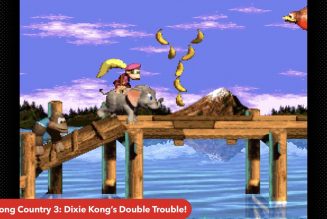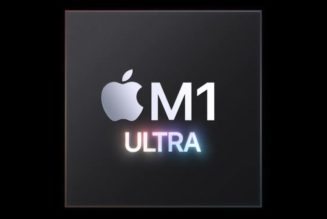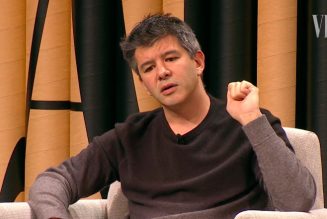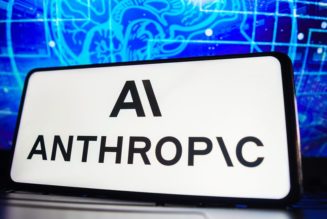
The Verge is a place where you can consider the future. So are movies. In Yesterday’s Future, we revisit a movie about the future and consider the things it tells us about today, tomorrow, and yesterday.
The movie: Wall-E (2008)
The future: In Wall-E, waste is what does us in. The first third of Pixar’s ninth film is among the best 30-minute stretches of cinema the studio has ever produced: a mostly silent experience where Wall-E, a cute trash-compacting robot, introduces us to an abandoned Earth. As Wall-E wanders a derelict city, collecting trinkets of humanity we left behind, we slowly learn what went wrong. The excesses of humanity have led to too much garbage. Landfills quickly became inadequate, and for every skyscraper in the city, there’s a pile of compacted trash just as big.
As the movie’s second act begins, we learn what happened to humanity: world leaders, overwhelmed by a planet filled and surrounded by junk — Wall-E’s first shot is a galactic zoom-in on Earth, surrounded by a thick cloud of space debris — decided the only tenable solution was to load up in space barges subsidized by a big-box retailer, Buy-N-Large, where humanity has spent the last 700 years becoming fat, screen-obsessed vessels of pure consumption.
The past: When Wall-E premiered on June 27th, 2008, Pixar was invincible, an animation studio with a near-perfect batting average. Its only near-miss was Cars, a movie that’s merely an “excellent kids movie” and not “transcendent fun for the whole family.” The United States, however, was in the middle of the Great Recession fueled by the subprime mortgage crisis of the years prior. The economic shock, followed by the endless headlines from our forever wars abroad, helped solidify the notion that the 2000s were a bucket of cold water on the prosperity of the ‘90s. Things were busted in ways that were starting to become unavoidably clear.
As New York Times film critic A.O. Scott wrote in his review of Wall-E:
As the earth heats up, the vanishing of humanity has become something of a hot topic, a preoccupation shared by directors like Steven Spielberg (“A.I.”), Francis Lawrence (“I Am Legend”), M. Night Shyamalan (“The Happening”) and Werner Herzog … when the whimsical techies at Pixar and a moody German auteur are sending out the same message, it may be time to pay attention.
The present: Today, Wall-E reads less like an ecological fable — although those elements are there, as the film eventually becomes about recolonizing the abandoned Earth — and more like a tale of capitalism run amok. Buy-N-Large, the megacorporation at the heart of this apocalypse, got so big that, eventually, the waste it produced superseded anything it actually provided to the people. And instead of fixing the world, it decided to rocket off of it with its customers in self-sustaining vessels of endless consumer culture.
This is where Wall-E plays a little poorly today. The humans of its future are all fat and barely capable of standing on their own two feet. They’re creatures of pure consumption, consuming entire meals blended into Big Gulp cups and endlessly swiping on screens projected from hoverchairs that cart them around. The regressive cultural shorthand of fatness = laziness is one of the most prominent motifs in the movie, a bit of semiotics that plays that much louder in a movie with very little dialogue. In being so spare, Wall-E —perhaps inadvertently, perhaps not — suggests that the act of consumption is the sin, the predation of corporations a consequence of that. Buy-N-Large is a villain, sure, but Wall-E’s message is that you should put down your damn phone.
Still, the movie is chilling in its vision of where we’re headed. Wall-E posits a future where, given the choice between corporations and people, we chose a corporation — and as a result, that corporation took the planet away from us.
Wall-E is available to stream on Disney Plus










